EWS1 Form: Information alert
The EWS1 process has attracted considerable press coverage in recent weeks and, further from the public gaze, the Professional Indemnity (PI) insurance market is starting to express its own concerns with the process. We are now beginning to see underwriters take action to limit what they consider to be potentially unsustainable exposures.
This Alert is in a ‘Frequently Asked Questions’ format to set out the significant changes happening in the PI insurance market that directly impact on those undertaking work on the EWS1 process, or those who provide valuations based on the strength of it.
Before attempting to unpick the detail, the position of any one insurer on this issue is not yet settled and whilst some are further advanced in their thinking than others, all PI insurers will, in the months ahead, begin to try to understand their exposures in this area.
It is likely that there will be a spectrum of responses from the insurance market and on that basis, we can’t be conclusive at this point. For the moment, it’s important that anyone involved in this work understands that change in this area is beginning to happen and those changes will become far more apparent over the coming weeks and months. We can expect our insurance partners to be at the most accommodating end of any spectrum of responses, but we can’t ignore the strength of feeling that currently exists in the market as regards the EWS1 process.
FAQ’s
What is the EWS1 form?
We expect you are all well aware of the form and the process that sits behind it, but briefly the overarching aim of the EWS1 process is to unlock a segment of the housing market. It is intended to allow building owners to confirm to valuers that the external wall system of certain buildings has been assessed by an appropriately qualified professional who confirms that the wall either contains materials that are unlikely to support combustion, or that it contains combustible materials.
What problems have we heard about so far?
We know that the form itself brings with it a number of practical risk management issues:
- The form does not incorporate any of the normal limitations of liability; either by way of financial cap, net contribution or economic loss restriction. Liability under the form is therefore very likely to be ‘unlimited’.
- There are natural concerns about the use of what is ultimately a short form containing stark statements which apply to every building surveyed. There is no ability to set out the individual characteristics, limitations and scope of any one particular survey within the specific context of the form itself. This position hasn’t been helped by the continuing confusion about the circumstances in which the EWS1 process should be used, and where it shouldn’t.
- We have seen circumstances where our clients are facing requests to sign the form when already engaged on other aspects of a project. Whilst in some circumstances, this can act to considerably ‘de-risk’ the EWS1 work, some clients have inferred that limitations in their appointment apply to any potential claim under the form, which is unlikely to be the case. There is no link to any underlying appointment which may exist. This could give rise to claims from the building owner that are independent of that appointment, with the loss of any limitations or restrictions on scope that it might have.
- Whilst the form does contain a disclaimer of liability in respect of reliance by any party other than the client to whom it was provided, there have been concerns raised as to how effective that would be. We have also been made aware of some circumstances where the disclaimer has been removed entirely, with obvious liability concerns for the signatory. The claims picture which might develop around the form is likely to be complex with the outcome uncertain, which is one of the areas of concern for insurers.
- In principle, there is the issue of asking professionals who may have no historical knowledge of a building to provide broad warranties based on information and records which are likely to be far from perfect in light of what we know today.
- There have been suggestions that the fees for completing the form are not sufficient for the work it entails. There are further practical issues around obtaining the necessary access to the whole building in order to be confident of the composition of the external wall over the entire structure.
What’s the current insurance position?
RICS Members, surveyors and valuers
On the 1 May 2020, the RICS amended their standard minimum terms for PI policies to allow insurers to apply two critical changes to their policies for RICS members:
(1) The inclusion of an exclusion of liability for all claims or costs where the insured relied upon the EWS1 form in providing a valuation after the 1st May, where the insured did not include in their valuation report an exclusion of liability to any lender for any losses arising from the valuation being provided in reliance on the EWS1 form.
(2) The terms effectively provide for an exclusion in respect of the completion of the EWS1 form (or any revised version), unless coverage has been specifically agreed with insurers. This leaves the door open for the insurers to simply exclude cover completely, or apply a different set of terms, for example aggregation conditions or a larger excess. Determining what factors are relevant, and the likely response from the insurance market, is a work in progress.
Other consultants, architects and engineers
Whilst the changes outlined above are specific to RICS Members and their PI insurers, it is all but certain that insurers will attempt to impose these limitations on policies covering other professions involved in construction at this first opportunity – typically, from next renewal.
Similar questions and policy responses are likely to become the norm here too.
What if you have already signed EWS1 or are contemplating doing so?
The effect of the changes highlighted above broadly mean that:
(a) If you intend to rely on the EWS1 form in preparing a valuation report, it is critical that an exclusion for any inaccuracy in the EWS1 form is included. We are seeking advice on some standard wording for this, but if in doubt legal advice should be taken.
(b) If you have or intend to undertake work relating to the EWS process, it is critical that you secure insurer’s agreement to this, including all previous work, which will require additional questions to be answered.
Different insurers will have different question sets but they are likely to relate to the following areas:
- The associated fees being generated either from valuation reports or completion of the forms.
- The number of surveys being carried out.
- Some specifics of the projects: height, type, cladding system used.
- The value of the building.
Equally, the underwriting response to those answers will differ from insurer to insurer. There are likely to be a spectrum of responses, as with cladding and fire safety issues.
What has the PI insurance market done so far and what will happen in the future?
PI insurers have started asking questions about EWS1 work in the broader market and some of our own clients will have fielded questions in this regard too. Bluntly, the issue is too ‘new’ to say that there are established rules and we are actively engaging with our insurance partners to understand their likely question sets to see that they are straightforward, useful and relevant.
For those involved in this particular area of work, the cover available in the PI insurance market in the short and medium term will change. We suggest that the following points are borne in mind:
- For those who already have specific conditions on their policies relating to ‘fire safety matters’ these are likely to apply in respect of any claims arising from the EWS1 process too. Consequently, those limitations of cover will already apply in any event. Unfortunately, that does not mean that additional and more specific restrictions will not be imposed.
- It is highly probable that the nature of the cover we are going to be able to secure going forward for EWS1 form work is going to be different. It is likely that insurers will pull the usual policy levers of aggregation, increased excess and it’s possible they might in extremis look to exclude liability altogether.
- We’re currently investigating the art of the possible in this developing situation, though there is no doubt that insurers are signalling their intent on taking a hard line.
- For those clients insured via a Griffiths & Armour scheme facility, we will not be making immediate blanket changes to policy wordings and any general changes will be introduced to renewals falling due from the 1November 2020. We’ll naturally communicate with you when we know what those changes are. This does not mean that insurers will not impose restrictions before then, particularly for those clients who are not members of one of our Scheme facilities. Any requests to provide cover in respect of EWS1 work before then are also likely to be scrutinised against the new and developing criteria.
What’s the Griffiths & Armour view?
Given the inherent transfer of risk to the professionals who are being asked to undertake the work, it’s surprising that until relatively recently, the PI underwriters we deal with were not even aware of its existence. Having now had the opportunity to consider their positions, they are each individually reacting negatively.
The combination of the:
- wide-ranging nature of buildings to which it might apply,
- the absence of many of the usual protective provisions; and
- the rapidly evaporating appetite amongst PI insurers
will likely mean than the form as it currently stands might become difficult to insure. The purported ‘solution’ to getting a challenging segment of the housing market moving then becomes unworkable.
For now, it must be our best advice that our clients should not complete the EWS1 form as it is currently formulated. It’s becoming more difficult to insure and cover might not exist for some clients in the near future. Moreover, it appears that Government and Regulators are aware of the concerns in the PI market and are signalling that change to the EWS1 process might be possible. For now, we can say that:
- We’ll continue to seek to secure cover in this area to the maximum extent that the established market will generally allow. This is categorically not a specific reaction of our insurance partners. It’s a market wide event.
- The insurance market will not solve the current problems by itself and we are actively working with Government, Regulators and the insurance industry to find solutions. Inevitably, this draws us into the much broader problem of fire safety in the built environment and we are happy to be assisting in these areas.
- If you are intending to undertake this work, then we would recommend that you contact us in order that we can provide specific advice to your particular circumstances.
This is a complex and developing area and when we know more, we’ll continue to share that detail with you. For now, should you have any concerns, please get in touch with your usual Griffiths & Armour contact or submit your enquiry using the enquiry facility below.
Published: August 2020






